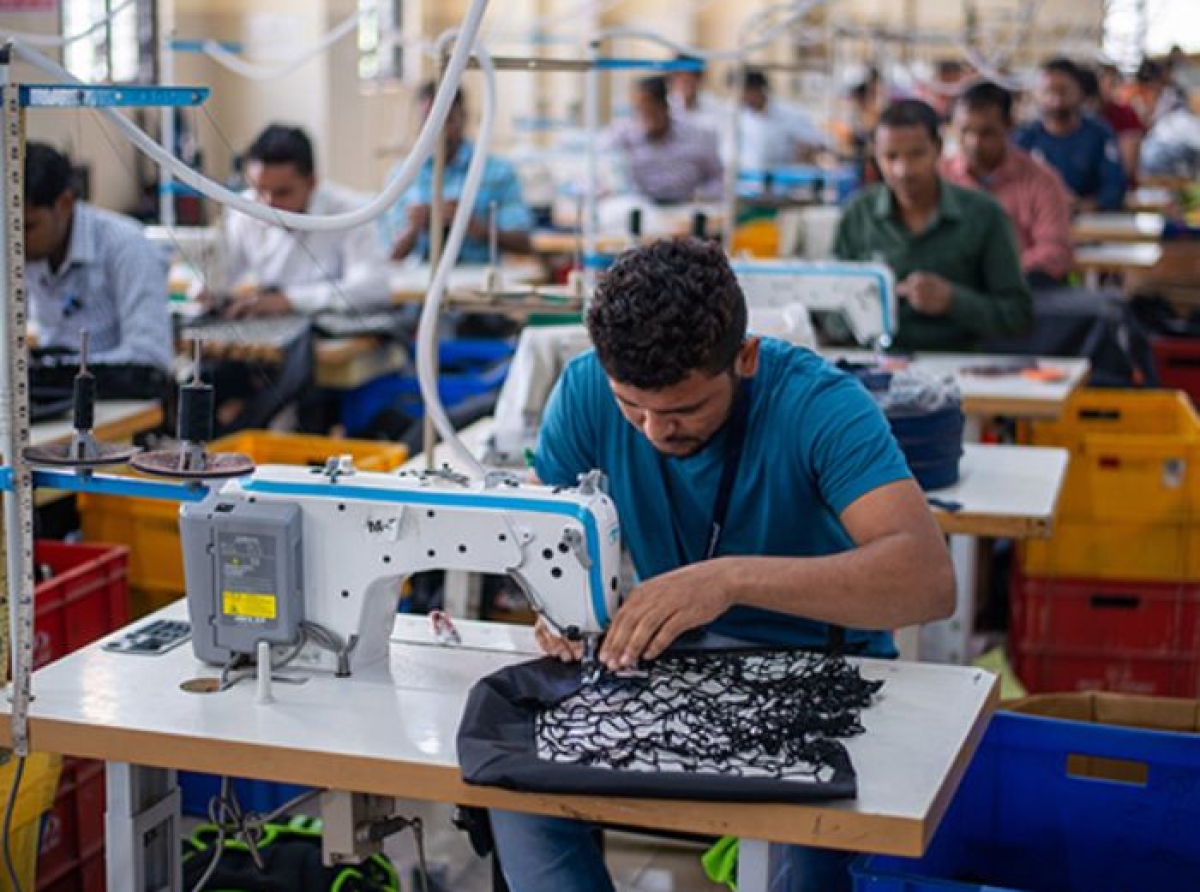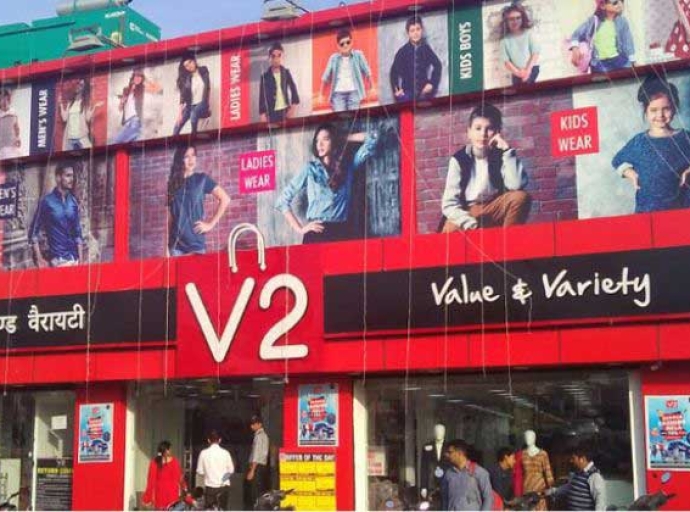How quickly the textile sector offers workforce opportunities of getting industry ready

17 March 2023, Mumbai
The Indian textile industry has a rich history that spans over a thousand years and can be traced back to the ancient Indus valley civilization.
Its legacy includes everything from fine craftsmanship to opulent fabric. The demand for high-quality yarns and fabrics increased outside of the country's boundaries, elevating India to the world's sixth-largest exporter of textiles and clothing (T&A).
Give primacy to Make in India
The sector currently accounts for 13% of its export revenue and 5% of the world's GDP, with a 4% share in global commerce. The primary industry in the nation is textile, which also contributes significantly to the economy and is the second largest employer after agriculture.
The weaving of a wide variety of yarns and fabrics is a specialty of the Indian textile industry, which provides work for both expert and unskilled laborers.
The sector is a huge employment generator
Providing valuable insights; One of the industry reports has the following data point," Women contribute as in a key constituent of overall trade workforce, contributing to as high as say 60 to 70% of the collective manpower.
Not only that, The textile industry can boast of being a primary source of income for around in excess of whopping 27 million women in India, more interestingly we have to mention here that 50% or thereabouts are to be identified with unorganized sectors like handlooms, handicrafts, and sericulture, etc which are unquestionably remarkable".
Fast-Tracking Industry Readiness: The Rapid Workforce Opportunities Provided by the Textile Sector
The most common observation about this sector is the heavy lifting it can do creating a humongous amount of difference to the employment landscape in this country by creating 70 jobs for every crore rupee invested amazing!
Empowering women & rural residents; According to government statistics, the industry directly employs around 4.5 crore people and indirectly supports another six crore jobs. Women comprise the workforce, between 60% and 70% of the entire labor force.
Almost 27 million women in India depend on the textile industry for their income. In the organized sector, there are fewer women employees. Given that most textile companies are situated on the periphery of cities, the textile industry is also one of the most important sources of employment for rural residents existing at the bottom of the abyss.
Let us not perfect be the enemy of the good; It is a blessing for rural communities, where most residents struggle to find suitable & sexy jobs owing to a lack of education and adequate skills. How quickly can these trainees be made industry ready?
Here again, particularly the apparel industry has a robust claim that at the fundamental level even unskilled/low-skilled can be made available for training transforming their lives and livelihoods and, that too at a very affordable cost is something unique to this sector.
The ambit of policy interventions
The Government of India has been taking several steps to promote the sector and urge individuals to enter it in light of the potential of the textile industry to produce income and job possibilities. One such project is the Production Linked Incentive (PLI) Plan, authorized in September 2021 for the textile sector and is anticipated to provide about 7.5 lakh new jobs directly and a few lakhs more through supporting activities.
The new program, implemented by the Atmanirbhar Bharat vision of the current administration, will empower women and enhance their involvement in the formal economy because the industry mainly employs women. Under this program, the government will offer incentives to the sector totaling Rs. 10,683 crores over five years.
The concerted efforts to skill the labour force in textiles and technical textiles value chain under SAMARTH is also a right scheme in the right direction. The Government of India has been taking several steps to promote the sector and urge individuals to enter it in light of the potential of the textile industry to produce income and job possibilities.
Multiplier effect; One such project is the Production Linked Incentive (PLI) Plan, authorized in September 2021 for the textile sector and is anticipated to provide about 7.5 lakh new jobs directly and a few lakhs more through supporting activities.
The new program, implemented by the Atmanirbhar Bharat vision of the current administration, will empower women and enhance their involvement in the formal economy because the industry mainly employs women. Under this program, the government will offer incentives to the sector totaling Rs. 10,683 crores over five years.
In summary
The producers will be able to produce high-quality products thanks to strategic R&D, improved product standards, joint ventures and partnerships, regulatory body norms, and government support for workplace safety-related efforts.
The sector's digital adoption can transform the quality of the trade workforce. According to a senior at Corporate Industry Ratings (ICRA), "as demand continues to normalize in both domestic and export markets, we expect the textile sector performance to rebound to pre-Covid levels in FY2022 on a wide level."
According to the government estimates," India's exports of technical textiles showing a robust jump of 28.4% from US$ 2.21 billion in 2020–21 to US$ 2.85 billion in 2021–22".
The expanding market has the potential to significantly increase the number of regional producers and self-help organizations employed in manufacturing, opening the way for an independent economy consistent with the goals of the Indian government.
The way forward; Highly skilled labor likely to outnumber unskilled workers satisfying evolving buyer preferences, and meet delivery targets offsetting unit labor costs.
Latest Publications

































